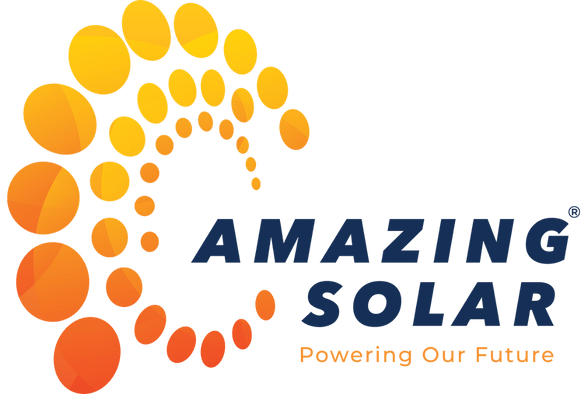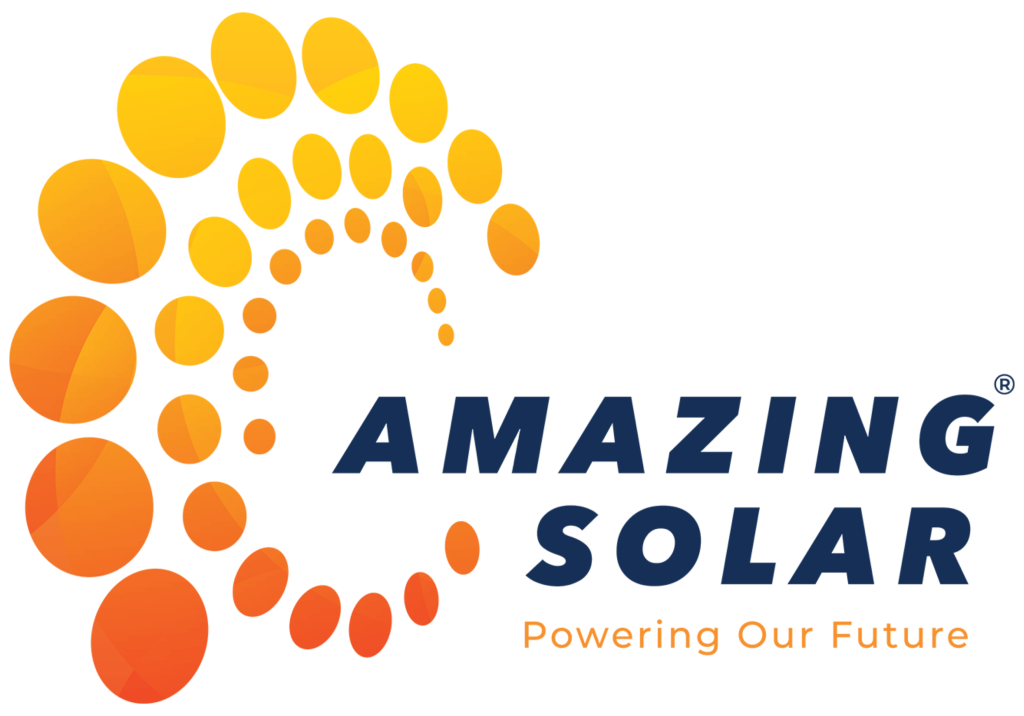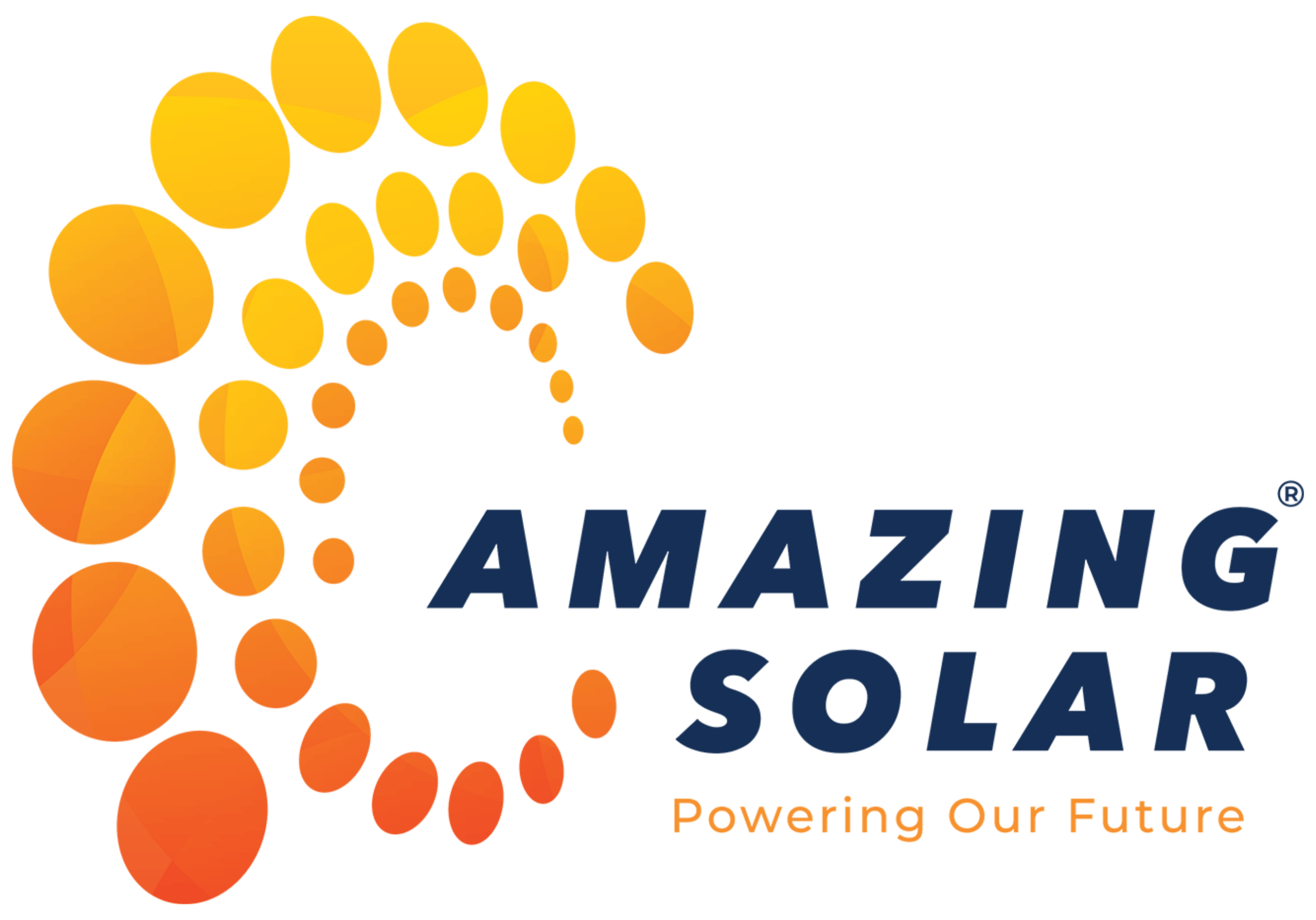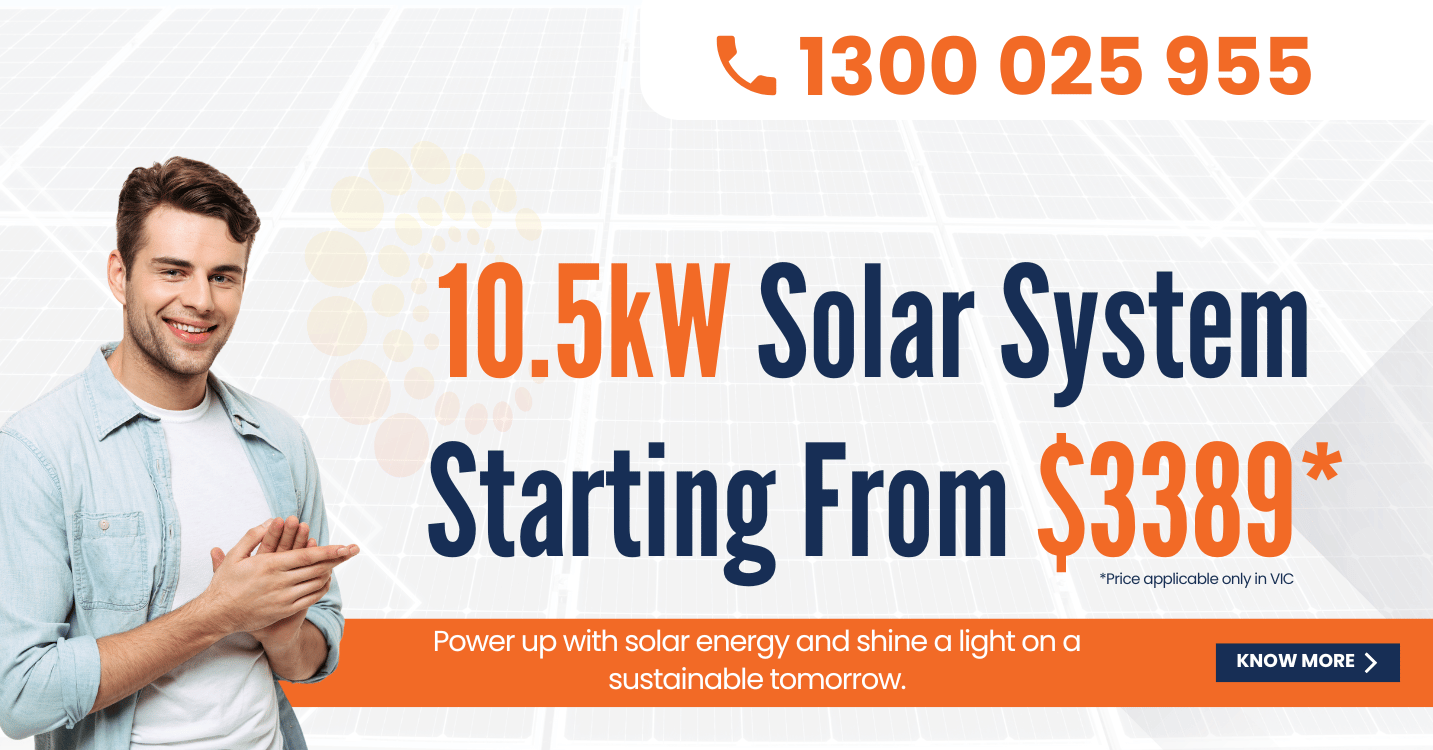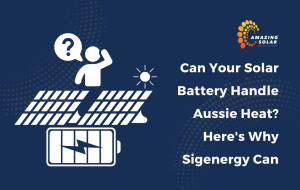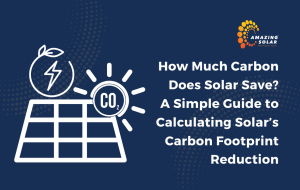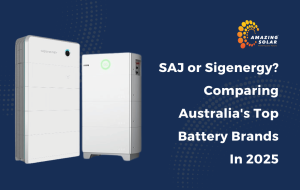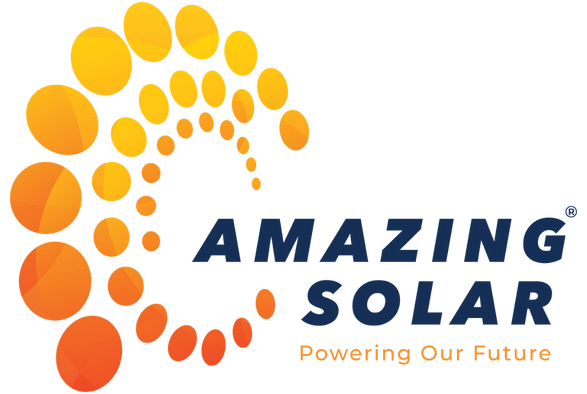At Amazing Solar Solutions, we pride ourselves on providing the latest and most efficient solar technologies to our valued customers. Whether you’re new to solar energy or looking to upgrade your existing system, understanding the different types of solar cell technology is crucial in making an informed decision. Let’s dive into the various types and see which one might be the best fit for your energy needs.
Monocrystalline Solar Cells
Monocrystalline solar cells are known for their high efficiency and sleek appearance. These cells are made from a single continuous crystal structure, which allows them to offer superior performance compared to other types. They are particularly effective in areas with limited space as they produce more power per square meter. If you’re looking for top-tier efficiency and have the budget to invest, monocrystalline solar panels are an excellent choice.
Key Benefits:
- High efficiency: Can convert more sunlight into electricity.
- Space-efficient: Ideal for rooftops with limited space.
- Longevity: Long lifespan with consistent performance over time.
Polycrystalline Solar Cells
Polycrystalline solar cells are made from multiple silicon crystals melted together. While they are slightly less efficient than monocrystalline cells, they are more cost-effective, making them a popular choice for residential installations. These panels have a blue hue and a speckled appearance, which some people find aesthetically pleasing.
Key Benefits:
- Cost-effective: Lower production costs make them more affordable.
- Durable: Robust and reliable for residential use.
- Good performance: Suitable for a variety of climates and conditions.
Thin-Film Solar Cells
Thin-film solar cells are made by depositing one or more layers of photovoltaic material onto a substrate. These cells are incredibly versatile and can be used in a range of applications, including building-integrated photovoltaics (BIPV). They are less efficient than crystalline-based cells but are flexible and lightweight, making them ideal for certain installations.
Key Benefits:
- Flexible design: Can be integrated into various surfaces, including windows and facades.
- Lightweight: Easier to install and handle.
- Aesthetic versatility: Can blend seamlessly into different architectural styles.
Bifacial Solar Cells
Bifacial solar cells capture sunlight on both sides of the panel, increasing the overall energy production. These panels are particularly effective when installed in open spaces where light can reflect off surfaces like the ground, enhancing their efficiency. Bifacial technology is becoming increasingly popular for commercial and industrial solar projects.
Key Benefits:
- Increased energy yield: Higher efficiency due to dual-sided light capture.
- Durable: Often designed with robust materials to withstand environmental conditions.
- Innovative design: Ideal for locations with reflective surfaces.
PERC Solar Cells
PERC (Passivated Emitter and Rear Cell) solar cells are an advanced type of monocrystalline cell that includes an additional layer on the back of the traditional cell. This extra layer helps to capture more light and convert it into electricity, improving the cell’s efficiency.
Key Benefits:
- Enhanced efficiency: Better light absorption leads to higher energy output.
- Cost-effective: Offers a good balance between performance and cost.
- Versatile: Suitable for a variety of applications, from residential to commercial.
Cadmium Telluride (CdTe) Solar Cells
CdTe solar cells are a type of thin-film technology that uses cadmium telluride as the semiconductor material. These cells have a lower cost per watt and are known for their low carbon footprint during production. They are less efficient than crystalline silicon cells but are cheaper to produce and install.
Key Benefits:
- Low cost: Affordable production and installation.
- Low carbon footprint: Environmentally friendly manufacturing process.
- Good performance: Effective in high-temperature and low-light conditions.
Amorphous Silicon (a-Si) Solar Cells
Amorphous silicon solar cells are another type of thin-film technology. These cells use a non-crystalline form of silicon and are typically used in small-scale applications, such as calculators and other low-power devices. They are flexible and can be applied to various surfaces, including curved ones.
Key Benefits:
- Flexible application: Can be used on a variety of surfaces and products.
- Cost-effective: Lower production costs.
- Versatile: Ideal for small-scale and portable applications.
Conclusion
Choosing among the right types of Solar Cell Technology depends on your specific needs, budget, and installation conditions. At Amazing Solar Solutions, we’re here to help you navigate through these options and find the perfect solar solution for your home or business. Harness the power of the sun with our top-quality solar panels and take a step towards a greener, more sustainable future.
Ready to make the switch to solar? Contact us today or call us at 1300 025 955 to learn more about our products and services. Amazing Solar Solutions – your trusted partner in solar energy!
By choosing the right technology, you can maximise your energy production and enjoy the benefits of renewable energy for years to come. Let’s create a brighter future together with Amazing Solar Solutions!

